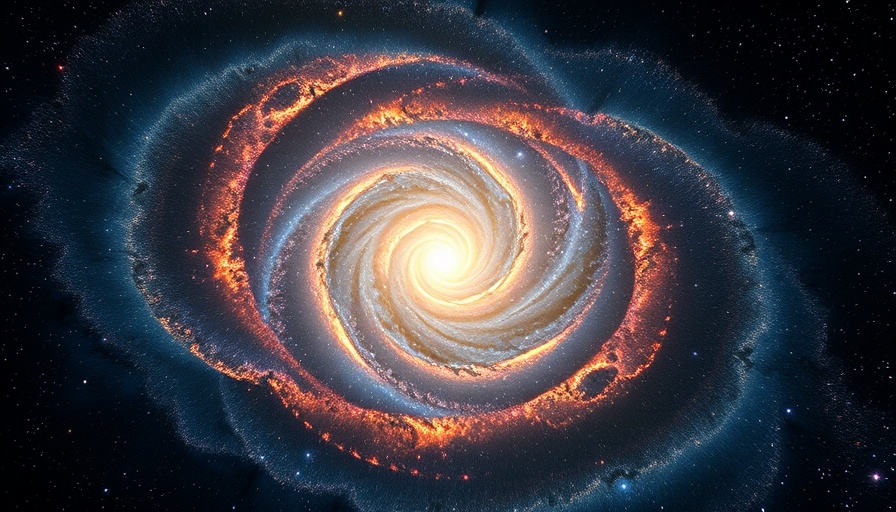
Unveiling 3I/ATLAS: A Glimpse into Cosmic History
Recent discoveries in the realm of astrophysics have unveiled an amazing figure in our cosmic neighborhood: 3I/ATLAS, deemed potentially the oldest comet ever observed. Comets, remnants from the early solar system, serve as time capsules that help scientists piece together the processes of planetary formation and the evolution of celestial bodies.
What Makes 3I/ATLAS Unique?
3I/ATLAS, confirmed as an interstellar object, is believed to have originated from beyond our solar system. Its detection excited astronomers and enthusiasts alike, as it illuminates a facet of cometary science previously shrouded in mystery. Unlike typical comets that evolve within their home systems, 3I/ATLAS comes with a unique narrative. Its age and the trajectory suggest it could have traveled through various solar systems before making its way to ours.
Understanding the Implications of Interstellar Objects
The study of objects like 3I/ATLAS raises the question of their origins and the mechanics of stellar survival. Researchers posit that by analyzing the composition of such comets, we may learn more about how materials in different solar systems coalesce or how planetary systems are formed. Astrobiologists are particularly interested in these components, as they might contain the fundamental building blocks of life.
Comparative Context: 3I/ATLAS and Other Interstellar Visitors
Prior to 3I/ATLAS, 'Oumuamua was the first recognized interstellar object, spotted in 2017. It sparked a debate on its classification and origin. 3I/ATLAS, however, represents a significant advancement in our understanding of interstellar comets, as its frozen core may preserve ancient cosmic history. Researchers are determined to harness advanced imaging and analytical technologies to scrutinize its physical and chemical properties.
Future Insights: What Lies Ahead for Cosmic Exploration?
As space technology evolves, the ability to study distant objects becomes more tangible. Future missions aiming toward interstellar bodies could revolutionize our grasp of the universe. Projects employing advanced telescopes and spacecraft instrumentation may pave the way for more discoveries that will further bridge gaps in our understanding of planetary formation and the evolution of life in the cosmos.
Emotional Resonance: Humanity's Quest to Understand the Cosmos
The discovery of 3I/ATLAS is not just a matter of scientific interest; it resonates with the human spirit's innate curiosity. The very idea that a comet can traverse through the galactic void to showcase celestial history ignites wonder and provokes deeper questions about our own existence within the universe. The stories that comets tell hold a mirror to our exploration efforts, reflecting a quest to comprehend our origins.
In conclusion, the findings surrounding comet 3I/ATLAS expand our cosmic knowledge and invite curiosity towards the universe. As scientific exploration continues to advance, the quest for understanding our solar system—and beyond—becomes ever more engaging. Stay tuned for the next chapter in our exploration of space and consider how the mysteries of the universe continue to shape our understanding.
 Add Row
Add Row  Add
Add 




 Add Row
Add Row  Add
Add 

Write A Comment